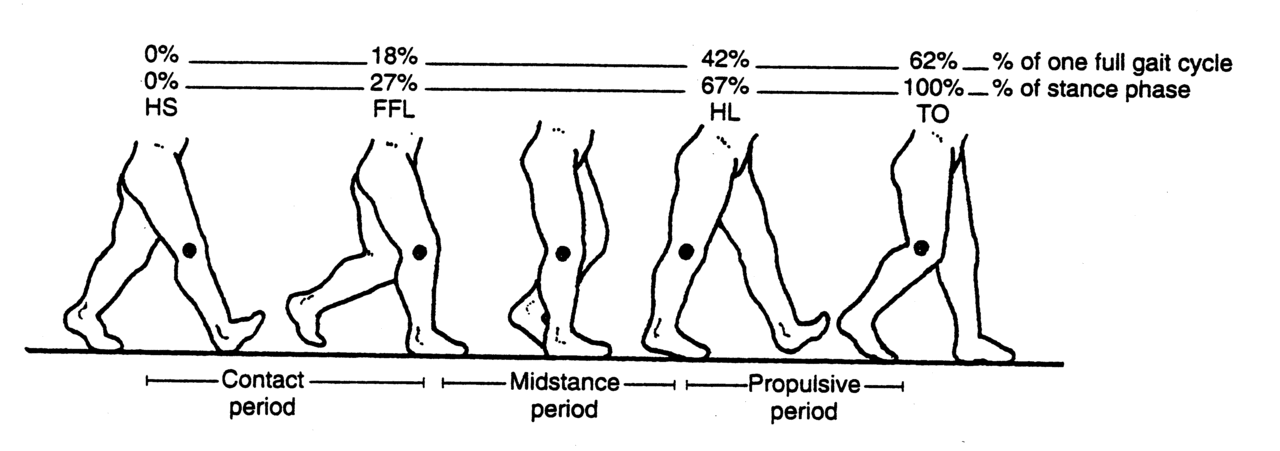Hip Abduction moment?
This was a great question we received, so we thought we would make a post of it, so everyone could benefit.
“@GregLehman: @KineticRev @TheGaitGuys do you guys have a link to your thoughts on how an ER leg allows the quads to create a hip abductor moment? Thanks”
First of all, What IS a hip abduction moment?
In posts, we often refer to a “moment”, meaning almost literally, a few seconds where a certain motion occurs. When are watching someone from behind and see their heel adduct as they get to terminal stance and pre swing (just before they toe off), you are seeing an “adductory moment” of the heel, sometimes referred to as an “adductory twist”.
Now lets think about the hip. Have you ever seen a framing square used by a carpenter? It is an “L” shaped device to make sure things are square (like hanging a door). The hip is kind of like this. It is shaped like an “L” with the neck and head forming the shorter side of the “L” and the femoral shaft forming the longer side. If you imagine the short side of the square attached to the pelvis and now hinging that away from the body, you have abduction of the hip. Normally, this task is tended to (primarily) by the middle fibers of the gluteus medius and posterior fibers of the gluteus minimus, assisted by the quadratus lumborum on the opposite side.
How can the quad be involved?
We remember that the quadriceps has four parts, the vastus lateralis, vastus intermedius and vastis medialis (collectively called “the vasti’) and the rectus femoris.
The rectus femoris proximal attachments are at the anterior inferior iliac spine (this is called the straight or anterior head) and the superior lip of the acetabulum (called the reflected or posterior head) Please see the top of the 2nd picture above, you can see the 2 heads. The distal attachment, after blending with the vasti, is into the patellar tendon and ultimately the tibial tuberosity.
The rectus is an accessory hip flexor and knee extensor, though it not normally a prime mover for either of these motions. It’s amount of action depends on the position of both the knee and hip. When the knee is flexed, the rectus has less mechanical advantage, because it is placed in a lengthened position; same goes if the hip is extended. It will be shortened if the hip is flexed and if the knee is extended at the same time, will have a mechanical disadvantage.
Now think about the direction of travel of each of the heads.
The “straight” head actually runs more obliquely from lateral to medial from its proximal attachment (AIIS) to the distal attachment (blending with vasti and patellar tendon); the refelected head runs a similar course, but not as oblique. If you were to externally rotate the thigh (remember, some folks may have an externally rotated foot due to external tibial torsion), it would actually give these heads more mechanical advantage (when the knee is relatively extended, such as at heel strike/ initial contact and toe off/ preswing) as abductors (remember to think from the ground up, closed chain, so the distal attachments are acting more like the origin); thus, the abductor moment we have talked about.
There you have it @Greglehman. Thanks for the great question.
The Gait Guys. Uber Gait Aficionado’s Extraordinaire. Come and learn with us. Watch us on Youtube; follow us on Facebook and Twitter, see many of our downloads on our payloadz site by clicking here.
All material copyright 2013 the Gait guys/ The Homunculus Group. All rights reserved; don’t make us call Lee.



















